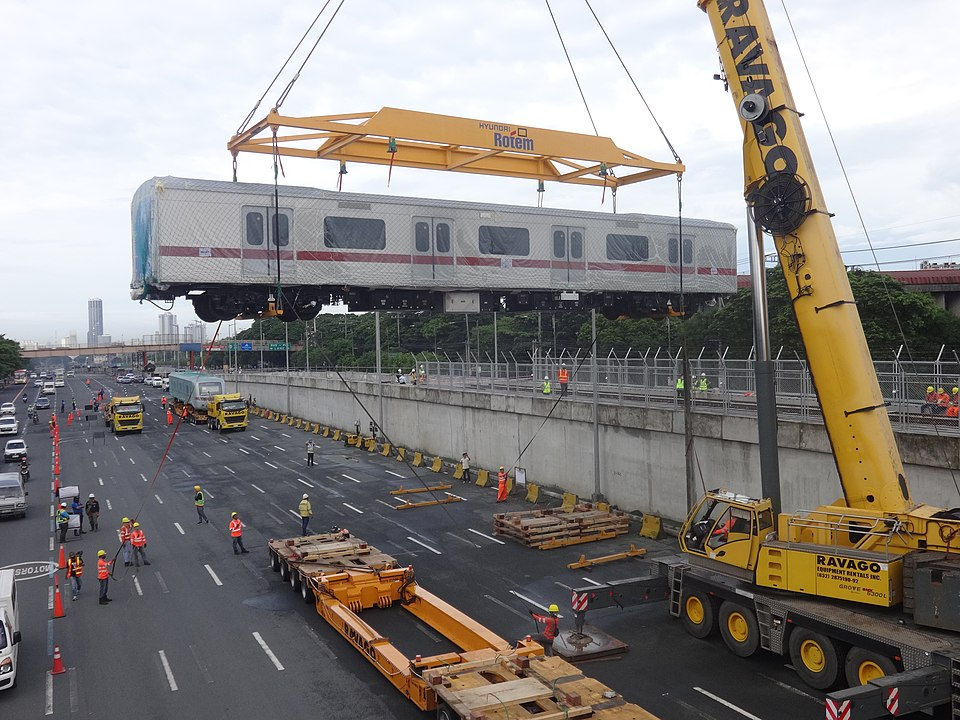New Manila International Airport NMIA: A Game-Changer in Philippine Infrastructure.
- CHLP REALTY

- Aug 21
- 3 min read
The New Manila International Airport (NMIA) is one of the most ambitious infrastructure projects in the Philippines today.
Developed by San Miguel Corporation in Bulakan, Bulacan, this modern aviation hub is expected to transform the way Filipinos travel and connect with the world while easing the growing air traffic demand in Metro Manila.

New Manila International Airport or known as NMIA is a proposed mega‑airport and surrounding aerotropolis being developed by San Miguel Corporation (SMC) through its subsidiary, San Miguel Aerocity, Inc. It’s designed to address congestion at Manila's existing Ninoy Aquino International Airport (NAIA) and bolster the region’s long-term growth.

The New Manila International Airport (NMIA) is envisioned to become the Philippines’ largest international gateway, featuring four runways.
Contrary to some reports, the project is not being developed on reclaimed land.
Instead, it is situated on naturally low-lying terrain that has long been prone to flooding and was previously used as commercial fishponds.

What Makes the New Manila International Airport Important (NMIA)?
The New Manila International Airport is designed to serve as a world-class gateway to the Philippines, complementing and decongesting the Ninoy Aquino International Airport (NAIA).
Once operational, it will open new opportunities for travel, commerce, and regional development.
Key Facts & Features of New Manila International Airport NMIA
1. Location & Scale
Situated in Bulakan, Bulacan, approximately 20 km north of Metro.
Spans about 2,500 hectares, part of a larger 12,000‑hectare aerotropolis with residential, industrial, and government zones.
2. Capacity & Infrastructure
Phase 1 will support 35 million passengers annually, expandable to 100 million as development.
Planned to feature four parallel runways, a modern world‑class terminal, and robust expressway and railway access.
3. Timeline & Progress
The Department of Transportation (DOTr) and SMC signed a concession agreement in 2019.
Construction of the Passenger Terminal Building (PTB) is scheduled for January 2026, targeting completion and operations by late 2028.
4. Connectivity Plans
NMIA will be integrated into Greater Manila’s infrastructure via:
NLEX (North Luzon Expressway) toll road link.
MRT‑7 and West Rail Link extensions to allow swift rail access.

New Manila International Airport NMIA and Regional Growth.
The New Manila International Airport is not just an aviation facility—it is part of a larger aerotropolis that includes residential, commercial, and industrial developments.
Its strategic location in Bulacan places it near Metro Manila, Central Luzon, and Northern provinces, making it a hub for future economic activity.
Expected impacts include:
Reduced congestion in Metro Manila: By diverting flights from NAIA, traffic and delays will be lessened.
Economic growth: Hospitality, logistics, and retail sectors are projected to thrive around the airport.
Infrastructure synergy: Upcoming road and rail networks will improve travel times between Metro Manila and nearby provinces.

Why the New Manila International Airport NMIA Matters?
This project is game-changing for real estate and transportation across Central Luzon:
Real estate impact: NMIA’s arrival will likely drive development in Bulacan and nearby areas—making residential lots, house-and-lot units, and commercial properties highly desirable. Locations near future rail stations or expressway access gain even more value.
Traffic decongestion: Shifting a major airport hub outside Metro Manila can help ease city traffic, making surrounding areas more commuter-friendly.
Economic catalyst: As an aerotropolis, NMIA will spur growth in hospitality, logistics, retail, and other service sectors.

New Manila International Airport NMIA - Timeline and Future Outlook.
Construction of the passenger terminal is slated to begin in January 2026, with completion and operations targeted for 2028.
Once finished, the New Manila International Airport is expected to be one of Southeast Asia’s most modern aviation hubs.
Looking ahead, its long-term vision is to integrate seamlessly with the country’s broader infrastructure network, positioning the Philippines as a stronger player in global travel and trade.

The New Manila International Airport represents more than just a transportation hub—it is a strategic project that blends national progress with regional development.
By expanding air capacity, improving connectivity, and integrating with new infrastructure, NMIA is poised to redefine how people and goods move across the Philippines and beyond.
As construction continues, its success will mark a milestone in the country’s journey toward sustainable growth and global competitiveness.






Comments